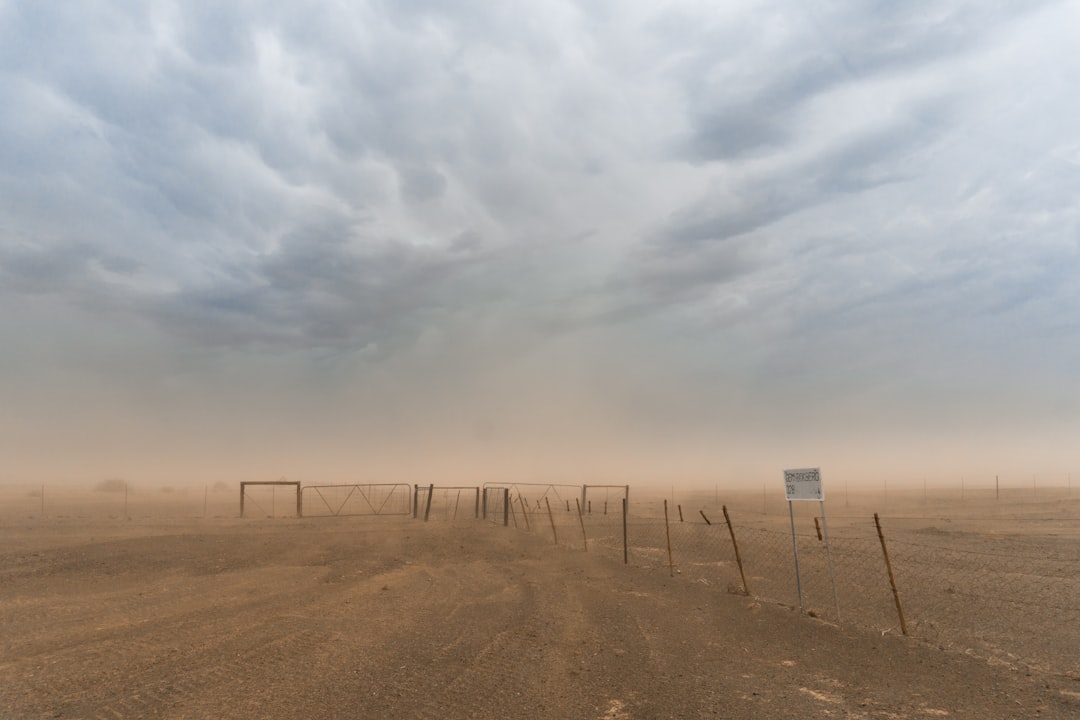What is it about?
Boninite magmas are primitive, Mg-rich magmas that can be find in subduction zones. Understanding their formation, inferred to occur through fluxing and partial melting of the mantle wedge, is important to better understand processes of magma generation and migration in subduction regions, hosts of most of the volcanic activity on Earth.
Featured Image

Photo by NASA on Unsplash
Why is it important?
This work uses geochemical analysis performed on unique samples of the West Bismarck Arc (veins of boninite glass entrapped in the host rock). Results show that, in addition to melting via mantle fluxing by subduction fluids, decompression of the mantle wedge in small convection cells may generate melting of the harzburgite, and the formation of boninites.
Perspectives
This work has been an incredible opportunity to work on veins of glass formed very deep in the Earth. This is unique, as in most cases, such veins of mantellique melt injected in the shallow lithosphere will crystallize. Taking my hat of "glass scientist", this was very exciting to be able to analyze such glass, and use results to better understand the formation of boninites.
Dr Charles Le Losq
Universite Sorbonne Paris Cite
Read the Original
This page is a summary of: Low-Ca boninite formation by second-stage melting of spinel harzburgite residues at mature subduction zones: new evidence from veined mantle xenoliths from the West Bismarck Arc, Contributions to Mineralogy and Petrology, November 2018, Springer Science + Business Media,
DOI: 10.1007/s00410-018-1526-6.
You can read the full text:
Contributors
The following have contributed to this page










